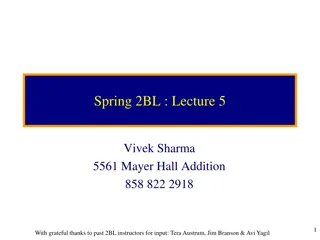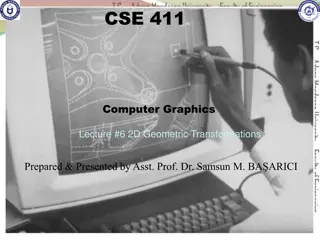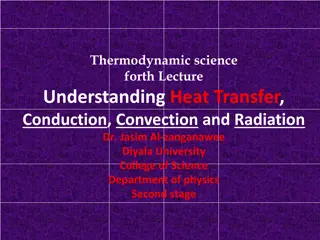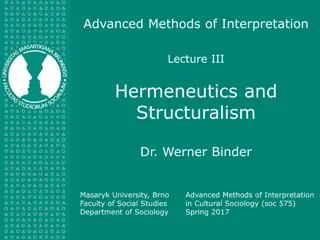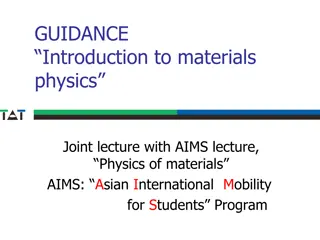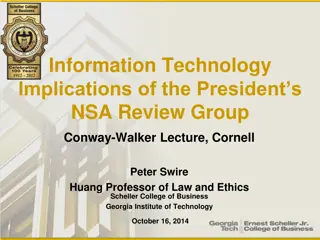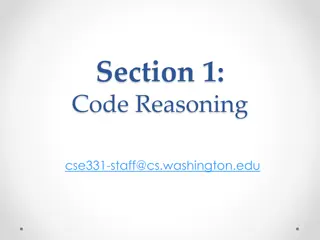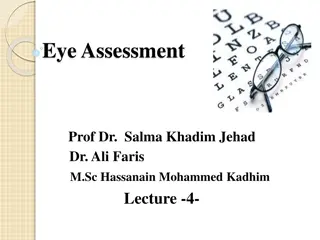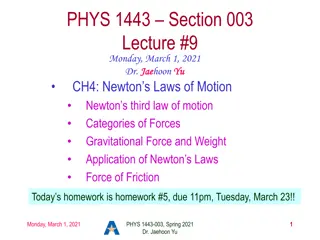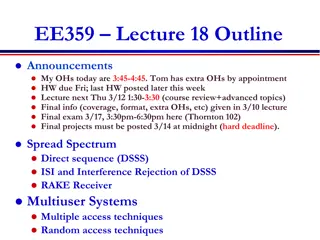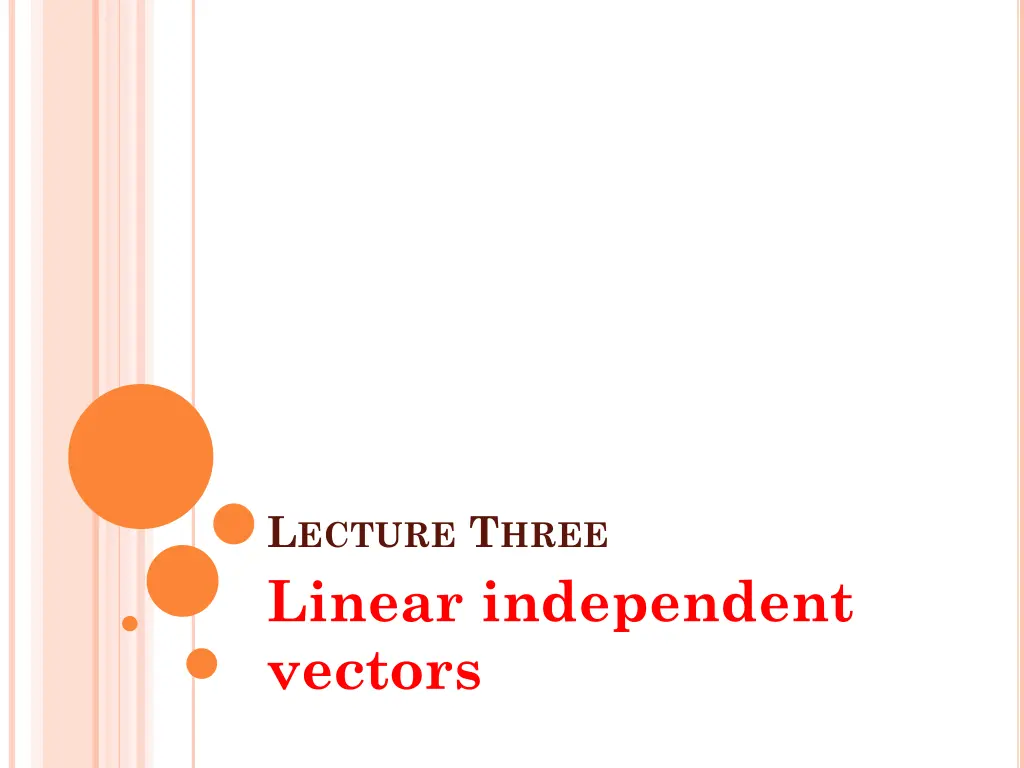
Understanding Linearly Independent Vectors and Matrix Operations
Learn about linearly independent vectors, determinants, singular matrices, minors, cofactors, principal minors, inverse matrices, and the rank of a matrix. Understand the concepts and properties related to these fundamental topics in linear algebra.
Download Presentation

Please find below an Image/Link to download the presentation.
The content on the website is provided AS IS for your information and personal use only. It may not be sold, licensed, or shared on other websites without obtaining consent from the author. If you encounter any issues during the download, it is possible that the publisher has removed the file from their server.
You are allowed to download the files provided on this website for personal or commercial use, subject to the condition that they are used lawfully. All files are the property of their respective owners.
The content on the website is provided AS IS for your information and personal use only. It may not be sold, licensed, or shared on other websites without obtaining consent from the author.
E N D
Presentation Transcript
LECTURE THREE Linear independent vectors
The vectors x1, x2, . . . , xnare linearly dependent if there are scalars k1, k2, . . ., kn not all zero such that : k1x1+k2x2+ . . . +knxn= 0 Otherwise, the set of vectors are linearly independent. i.e. where it is impossible to find non-zero k1, k2, . . ., kn such that : The Determinant of a Square Matrix Associated with every square matrix there is a unique scalar number called its "determinant". The formal definition of the determinant of n n matrix A is the sum of all products consisting of one element from each row and column and multiplied by (-1) if the number of inversions of the particular permutation j1, j2, j3, , jn from the standard order 1, 2, 3, , n is odd.
Singular Matrix A square matrix is called: "singular" if its determinant is zero, and called: "non- singular" if its determinant is non-zero. Minors A minor of element (aij) of A is the determinant of the matrix formed by deleting the ithrow and the jthcolumn of A. Cofactor Aijis the minor multiplied by (-1)th. So, we can compute minor with (i=1,2,3, ,n). respect to the rows
Principal minors A minor of a matrix An nis said to be a principal minor if it is obtained by deleting certain rows and the same columns of A. Thus, the diagonal elements of a principal minor of A are the diagonal elements of A. Inverse Matrix The inverse of a square matrix A is that unique matrix A with elements such that: AA-1=A-1A = I It is possible that A-1does not exist, just as it is not to perform scalar division by zero, then A is called to be "singular".
Rank of a Matrix The rank of matrix whether square or not is defined as: the order of the largest non-zero determinant that can be calculated from the matrix. Furthermore, the rank of a matrix can be defined also as: the maximum number of linearly independent vectors (either rows or columns) in the matrix. Note: If the number of rows/ (columns) in a matrix exceeded the number of columns/ (rows), then the rank of a matrix would be the number of linearly independent columns/ (rows). i.e. r(A)(m n) min {m , n}



